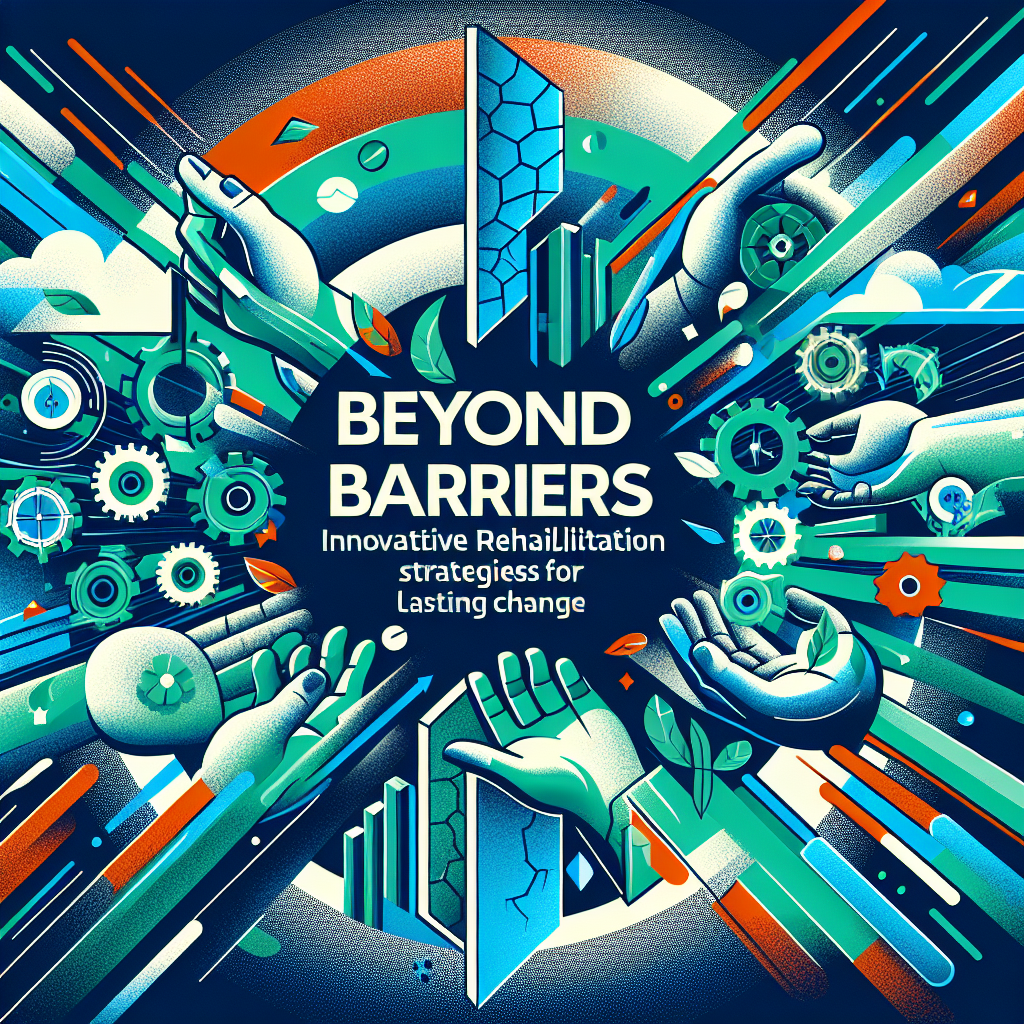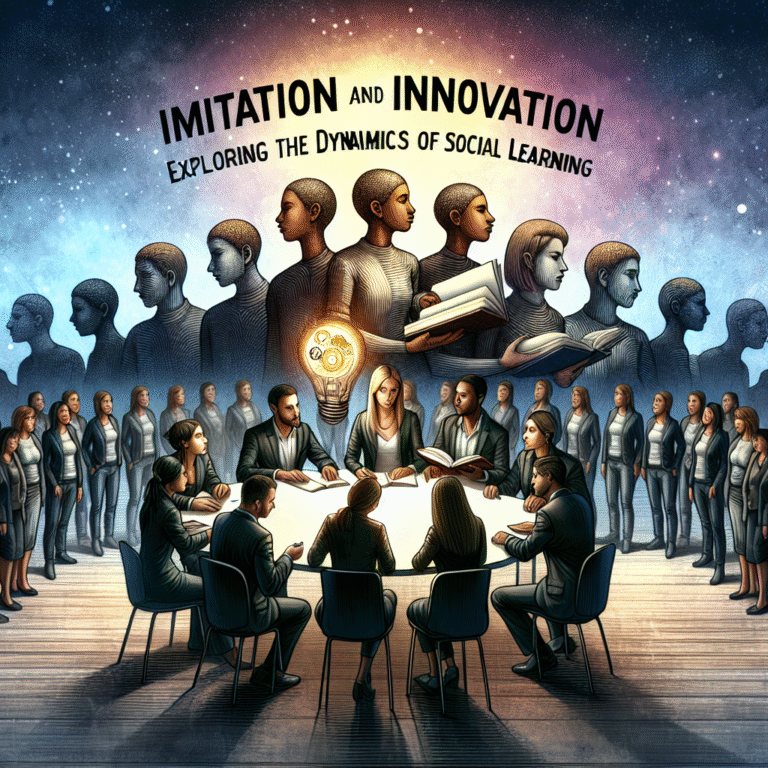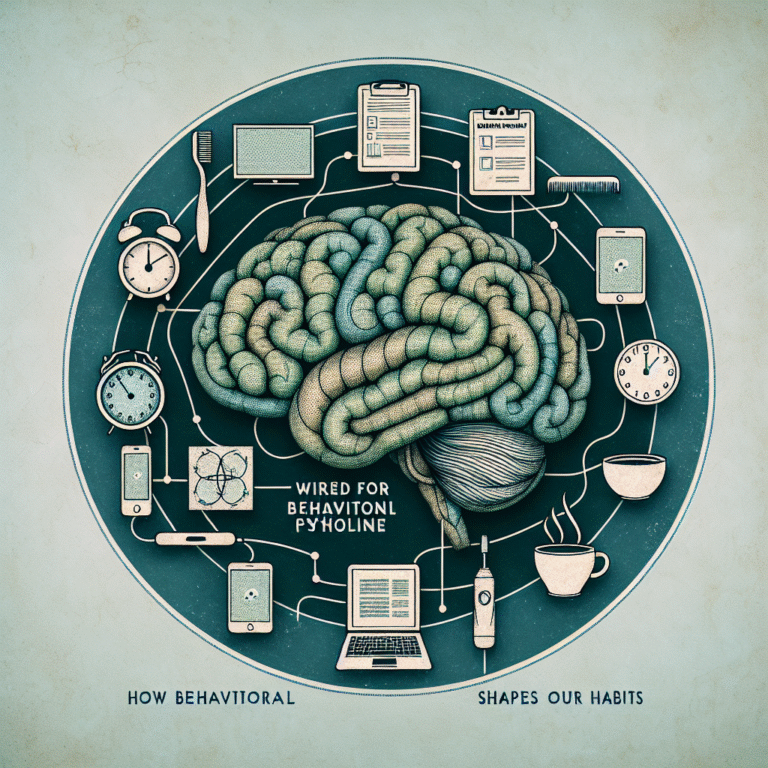
Introduction
In an ever-evolving world, the concept of rehabilitation has transcended traditional boundaries. The challenges faced by individuals recovering from injuries, illnesses, or destructive habits require a creative and comprehensive approach that fosters lasting change. Enter the realm of innovative rehabilitation strategies, designed to empower individuals and promote holistic healing. This article explores the latest breakthroughs and approaches in rehabilitation, highlighting that it’s not just about recovery—it’s about redefining possibilities. Welcome to the journey "Beyond Barriers: Innovative Rehabilitation Strategies for Lasting Change."
Understanding Rehabilitation: A Comprehensive Overview
Rehabilitation, by definition, is a process aimed at enabling individuals to achieve and maintain optimal physical, mental, and social functioning. Traditionally, rehabilitation focused primarily on physical abilities—think physical therapy post-surgery. However, the landscape has shifted dramatically over the years.
The Holistic Approach
Incorporating physical, psychological, and social elements, a holistic approach recognizes that healing is multidimensional. This perspective leads us to innovative strategies that address emotional and cognitive needs alongside physical rehabilitation, fostering a complete recovery.
Key Components of Holistic Rehabilitation
-
Physical Therapy: Beyond exercises, this component includes a tailored approach that considers the unique needs of the individual.
-
Psychological Support: Emotional resilience is critical. Techniques like cognitive behavioral therapy (CBT) are essential for addressing the mental barriers to recovery.
- Social Reintegration: Encouraging community involvement and social support systems that help individuals reintegrate into society, which is crucial for long-term success.
Innovative Strategies in Rehabilitation
Let’s explore several groundbreaking strategies that exemplify the notion of "Beyond Barriers: Innovative Rehabilitation Strategies for Lasting Change."
1. Virtual Reality Therapy
A New Dimension of Recovery
Virtual Reality (VR) therapy takes rehabilitation into an immersive space, providing engaging, interactive environments where patients can practice skills and overcome challenges.
Case Study: Stroke Rehabilitation
A study conducted at Stanford University used VR to assist stroke patients in regaining motor skills. Patients engaged in simulated environments, such as virtual bowling or basketball, which necessitated fine motor control and coordinated movements. The results were remarkable—participants showed significant improvements in their motor functions.
Analysis: VR therapy exemplifies the creative use of technology, promoting engagement and interaction, thereby solidifying the importance of motivation and pertinence to real-life scenarios.
2. Tele-Rehabilitation
Connecting Anytime, Anywhere
Tele-rehabilitation allows patients to access therapeutic services from the comfort of their homes. This strategy has proven especially beneficial during the COVID-19 pandemic, proving that barriers need not inhibit progress.
Case Study: Remote Physiotherapy
A research team followed patients undergoing tele-physiotherapy for post-operative knee surgeries. Results showed that patients maintained or exceeded their recovery benchmarks compared to those attending traditional in-person sessions.
Analysis: Tele-rehabilitation underscores the importance of accessibility, breaking down geographical and societal barriers that often hinder recovery.
3. Animal-Assisted Therapy
Healing Through Connection
Integrating animals into rehabilitation processes has shown profound psychological and emotional benefits. From therapy dogs in PTSD recovery to equine therapy for autism, the bond between humans and animals proves to be a powerful tool for change.
Case Study: Equine-Assisted Therapy
At a center for at-risk youth, equine-assisted therapy has shown substantial improvement in participants’ emotional regulation. Participants engaged in caring for and interacting with horses, resulting in decreased anxiety levels and enhanced self-esteem.
Analysis: This approach highlights the importance of empathy and connection in rehabilitation, revealing how bond-forming elements can redefine healing experiences.
4. Neuroplasticity-focused Programs
Harnessing the Brain’s Ability to Adapt
Neuroplasticity—the brain’s ability to reorganize itself by forming new neural connections—has led to innovative rehabilitation techniques focusing on cognitive training.
Case Study: Cognitive Training Post Injury
Following significant head injuries, patients underwent structured cognitive training that stimulated areas of the brain responsible for problem-solving and decision-making. Preliminary studies indicated enhanced cognitive recovery rates, leading to improved quality of life.
Analysis: This approach reinforces the notion of "Beyond Barriers," as it reshapes our understanding of the brain’s potential for recovery and growth.
The Role of Technology in Rehabilitation
As we venture further into the realm of rehabilitation, technology emerges as a crucial ally. Innovations not only facilitate engagement and accessibility but also provide measurable insights into patient progress.
Wearable Technology
Wearables provide real-time data on patients’ movements and adherence to physical activity regimens. By enabling tailored interventions, they foster a more personalized rehabilitation experience.
Table 1: Benefits of Wearable Technology in Rehabilitation
| Benefit | Description |
|---|---|
| Real-time Monitoring | Allows for timely adjustments to therapy plans. |
| Motivation | Gamified elements foster continuous engagement. |
| Data-Driven Insights | Facilitates evidence-based adjustments to programs. |
Mobile Applications
Numerous applications specifically target rehabilitation needs, from guided exercises to mindfulness techniques, all available at users’ fingertips.
Case Study: The Rise of Rehab Apps
An emerging application, MyRehabPlan, offers personalized rehab plans based on user input and progress tracking. Users reported increased adherence to their programs and higher satisfaction rates compared to traditional methods.
Analysis: The convenience of mobile tech significantly enhances user experience, illustrating innovative pathways for rehabilitation that are both accessible and effective.
The Importance of Community in Rehabilitation
Fostering a supportive community is essential in any rehabilitation process. "Beyond Barriers: Innovative Rehabilitation Strategies for Lasting Change" emphasizes the value of social connections throughout recovery journeys.
Support Groups
Group therapy sessions have emerged as powerful healing environments. By sharing experiences, individuals can find strength and empathy through common struggles.
Case Study: Chronic Pain Support Groups
A series of studies highlighted the positive outcomes from chronic pain support groups, indicating reductions in pain perception due to shared experiences and strategies.
Analysis: Loneliness often exacerbates physical and mental challenges; community-oriented strategies dismantle these barriers, promoting a holistic healing approach.
Holistic Practices: Yoga and Mindfulness
Introducing practices like yoga and mindfulness into rehabilitation programs has shown profound effects on mental well-being, which in turn enhances physical recovery.
Case Study: Mindfulness for Cancer Survivors
A program utilizing mindfulness practices for cancer survivors led to lower stress levels, improved emotional regulation, and increased physical activity, demonstrating a direct correlation between mental and physical health in recovery.
Analysis: This connection emphasizes the need to look beyond mere physical recovery. Engaging the mind is paramount in the healing journey.
Challenges Facing Innovative Rehabilitation Strategies
While many innovative strategies provide promise, they are not without challenges. Inadequate funding, varying accessibility, and resistance to change within traditional healthcare systems often obstruct progress.
Addressing Barriers
Funding and Resource Allocation
Sustaining innovative programs requires consistent investment in research and development. Advocating for broader acceptance of these methods in insurance policies could remove substantial financial barriers for patients.
Resistance to Change
Healthcare professionals often adhere to established methods. Workshops and training programs can facilitate the transition toward integrating innovative strategies into existing frameworks.
Conclusion
As we explored in this article, the landscape of rehabilitation has transformed dramatically, underscoring the relevance of strategies that go "Beyond Barriers: Innovative Rehabilitation Strategies for Lasting Change." Healing is no longer confined to conventional techniques; it’s an evolving process that embraces technology, community, and holistic approaches.
For individuals navigating their rehabilitation journeys, remember that change is not only possible but profoundly transformative. The key lies in embracing innovative strategies tailored to your unique needs, fostering a path towards lasting recovery and renewed life.
FAQs
1. What are innovative rehabilitation strategies?
Innovative rehabilitation strategies encompass new methods that enhance traditional recovery approaches, such as virtual reality therapy, tele-rehabilitation, animal-assisted therapy, and the use of technology.
2. How can I find a suitable rehabilitation program?
Look for programs that integrate a holistic approach, consider technology integration, and have strong community support. Research and reviews can help identify programs that focus on personal needs.
3. Are these rehabilitation methods supported by research?
Yes, many innovative strategies are supported by recent studies demonstrating their effectiveness in promoting recovery and enhancing patient experiences.
4. What role does community play in rehabilitation?
Community plays a crucial role by providing social support, shared experiences, and increased motivation, which are all essential for sustaining positive outcomes in recovery.
5. How can technology enhance my rehabilitation experience?
Technology, including wearables and mobile applications, can enhance your rehabilitation experience by providing real-time feedback, personalized tracking, and increased engagement in your recovery journey.
By focusing on "Beyond Barriers: Innovative Rehabilitation Strategies for Lasting Change," we hope to inspire readers to embrace new possibilities and empower their healing journeys. The future of rehabilitation lies not just in recovery but in the transformation of lives.
















